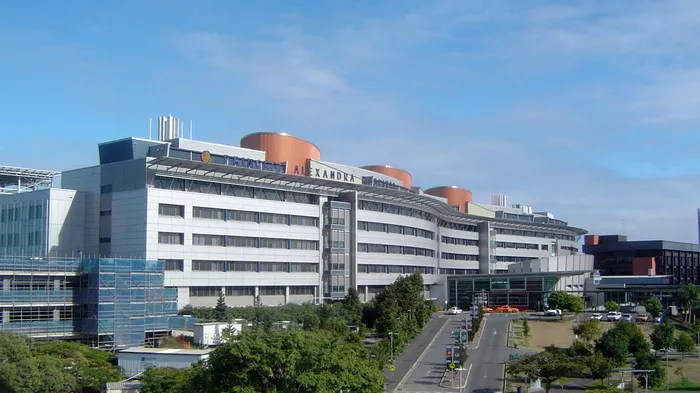FAQs
How long does it take for the brain to settle after a stroke?
Recovery after a stroke varies greatly among individuals and depends on factors such as the stroke’s severity, location, and the patient’s overall health. Generally, the brain starts to settle within the first few days to weeks post-stroke. Most significant recovery occurs within the first three to six months, though improvements can continue for years with rehabilitation.
What is the hardest stroke to recover from?
Hemorrhagic strokes are typically the hardest to recover from due to the brain damage caused by bleeding. These strokes often lead to more severe and widespread brain injury compared to ischemic strokes. The recovery process is complicated by the risk of re-bleeding, increased intracranial pressure, and the need for more intensive medical and surgical interventions.
What are the signs that stroke patients are getting worse?
Signs that stroke patients are getting worse include sudden changes in consciousness, new or worsening speech difficulties, increasing weakness or paralysis on one side of the body, severe headaches, and new visual disturbances. Other concerning signs are confusion, dizziness, loss of coordination, and seizures. Any of these symptoms warrant immediate medical attention as they could indicate a secondary stroke or complications.
Related topics:
- How Stress Affects Blood Sugar: A Comprehensive Guide
- Uncovering Blockages Through Stress Testing: A Comprehensive Guide
- Understanding & Managing a Tweaked Lower Back: A Comprehensive Guide


